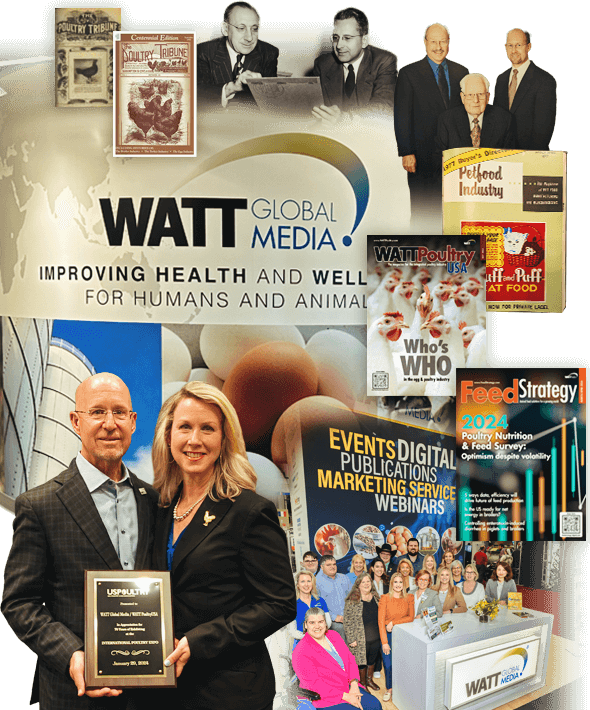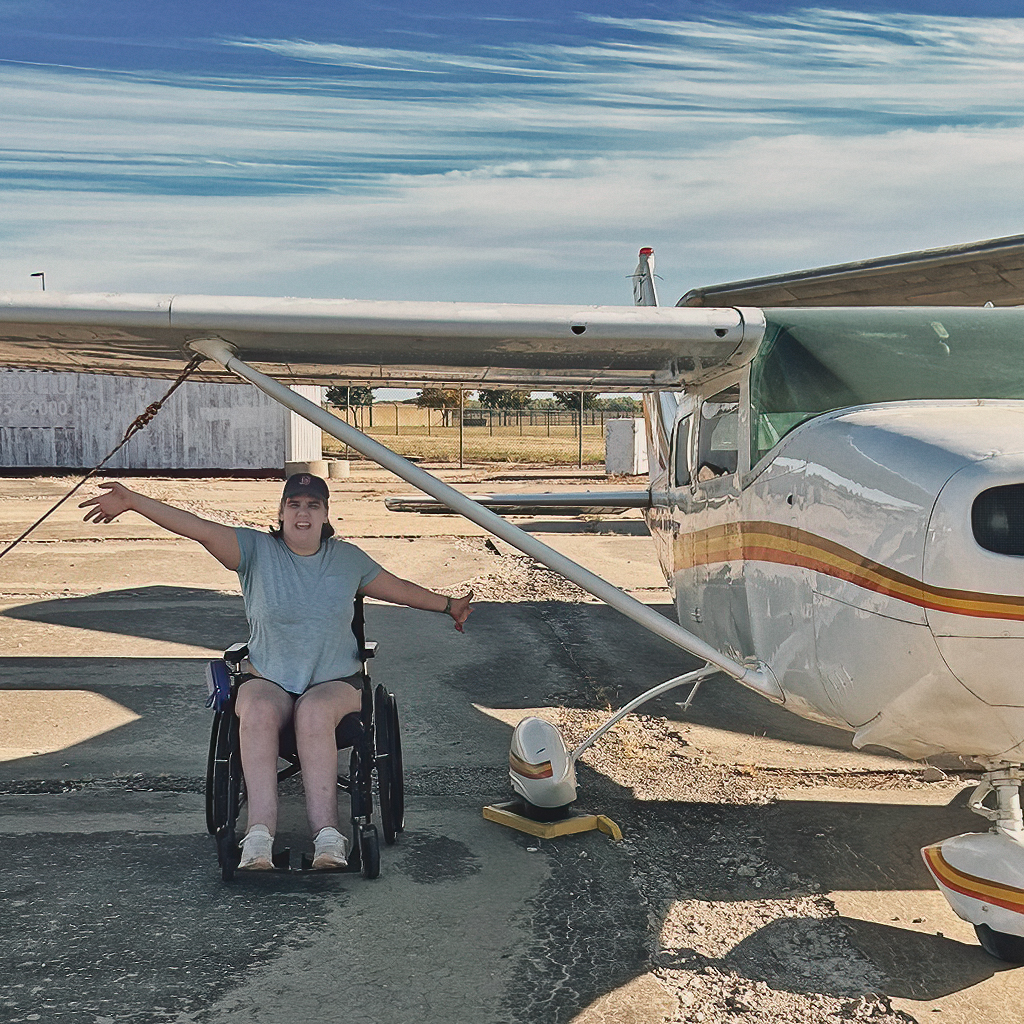About WATT Global Media
Providing exceptional business content and solutions to the agrifood and pet food industries

Our Origin
WATT Global Media is a 4th generation family-owned business that got its start in 1917, when founder, J.W. Watt spotted an opportunity to purchase a publication that needed help and acquired Poultry Tribune magazine. This marked our humble beginnings, and now we are a company that has come to be recognized as a trusted leader serving businesses in global agrifood and pet food.
Over the decades, WATT Global Media has launched, acquired, and recast dozens of media brands to serve evolving audience needs in the U.S. and around the world. Today we maintain corporate headquarters in Rockford, Illinois USA. WATT’s strategic blend of multi-channel digital and print products and events, delivers original insights and solutions to more than 194,000 business decision-makers in over 150 countries. WATT Global Media is committed to providing the most insightful, sought-after information to executives and decision-makers in the global poultry, animal feed and pet food industries.
Mission & Values
WATT Global Media’s mission is to improve the health and well-being of humans and animals throughout the world. We strive to achieve this by consistently implementing our 3 core strategies.
WATT values autonomy, accountability, expertise, trustworthiness, accuracy, dependability, diversity, inclusiveness, integrity, ethics, innovation, teamwork, and career development. These values are essential to the success of our Results-Only Work Environment (ROWE)®. ROWE® empowers our talented team members to manage their own schedules and achieve exceptional results.
Our Culture
WATT Global Media is a Results-Only Work Environment (ROWE)®.
Results-Only Work Environment® is a management strategy where employees are evaluated on performance, not presence. In a ROWE, people focus on results and only results – increasing performance while creating the right climate for people to manage all the demands in their lives.
By its simplest definition, in a ROWE®, every person is free to do whatever they want, whenever they want as long as the work gets done. In other words, work isn’t a place you go, it’s something you do. There is no judgment on how people spend their time so long as they are accomplishing clearly defined objectives.
“At WATT Global Media we’ve experienced the benefits of ROWE® both personally and as a business, and employees are fully committed to meeting superior results working in a ROWE®.”
– Greg Watt, President/CEO

Need to drive your child to an activity and work from the car?

Would you like to work poolside in Hawaii?

How about visiting a children’s hospital dressed in costume in the middle of a weekday?

Want to take a mid-day run to train for a race?

Want to have more time to volunteer in your local community?

Have a pet who likes to supervise your work?

Ready to have time to celebrate fun festivals and holidays?

ROWE gives you the freedom to pursue your hobbies and still get your work done!

Need to move to a new house and not get behind on work? ROWE is the way to make that work for you.
FROM OUR CUSTOMER
Extru-Tech is proud to call WATT Global Media our business partner. We’ve worked with WATT for the last 30 years; they listen to our needs as a company and work to develop new strategies to help us achieve our goals.
Our Core Strategy
1.
Using our breadth of editorial expertise and knowledge, we deliver business intelligence, industry data and specialized insights to inform and educate the global Pet Food, Poultry and Animal Feed markets;
2.
through a variety of online and offline channels including live trade shows and conferences as well as virtual events, magazines, newsletters, websites, podcasts, videos, marketing services, white papers, webinars, custom content marketing and other digital initiatives;
3.
and to be an innovative and consultative marketing & communications partner to industry marketers through fully understanding their business needs and objectives while creatively matching those with WATT Global Media’s unique product communication capabilities.
Let’s discuss
how WATT Global Media can help your business thrive in today’s competitive market.
Building trust, making an impact.
For many years, WATT Global Media was known by the pet food, grain, feed, and poultry industries as a magazine publisher. Now the marketplace knows we’re much more than “a magazine”. As discoverers, creators, curators, and disseminators of information for business professionals, we’re providing relevant and even breaking-news in their email inbox every day, not only in monthly or every-other month magazines.
Audiences listen to our editor’s unique and original insights through podcasts, they can engage in webinars, Zoom programs, watch videos, gain new perspective through blogs, learn from Native content and White Papers provided by clients, get informed through the many data graphs and charts, Top Company lists and social posts, or attend one of our industry-leading in-person learning events during the year. Through standout journalism and information, we make an impact on people’s lives, influence their business, and bring information they depend on. Every day builds trust and makes an impact. While our content delivery channels have changed over the past 100+ years, that has stayed the same.
Greg Watt
CEO/President of WATT GLOBAL MEDIA
